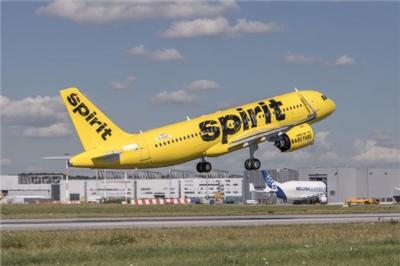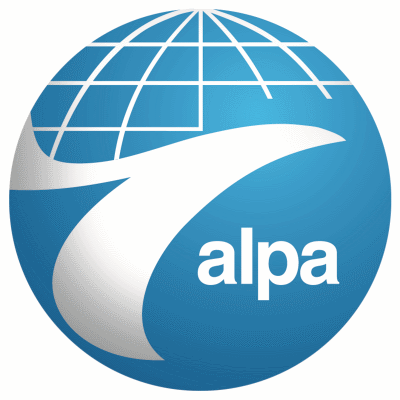ALPA: Historic Profits Continue As Pilot Compensation Grossly Lags Industry
The pilots of Spirit Airlines, represented by the Air Line Pilots Association, Int’l (ALPA) responded to initial analyst reports that project Spirit will announce 2016 earnings of approximately $450 million. Among U.S. airlines that have reported 2016 earnings thus far, Spirit would lead the pack with a nearly 20 percent profit margin.

Despite these industry-leading profit margins, Spirit pilots’ total compensation lags far behind their peers at comparable airlines, and that gap continues to grow as other pilot groups reach new agreements. These profits are tangible proof of the critical role that Spirit pilots and their fellow Spirit employees played in the success of the airline and the need for it to be recognized by Spirit management.
“The Spirit pilots are proud of the contributions they have made to the company’s financial performance,” said Capt. Stuart Morrison, chairman of Spirit pilots’ unit of ALPA. “However, while our company posts industry-leading profit margins, Spirit pilots’ pay rates and retirement benefits continue to be well below industry standard.”
The company’s economic success has not been shared with its pilots or other employee groups by providing any type of profit-sharing plan, unlike every other major U.S. airline. In 2016, four major U.S. airlines signed new agreements with their pilots that greatly enhanced take home pay and retirement benefits:
- Delta pilots ratified a collective bargaining agreement that included an 18 percent pay increase retroactive to January 1, 2016; pay raises over the next three years; additional contributions to their retirement plan; and maintained a generous profit-sharing plan.
- Southwest pilots signed a four-year agreement that provided immediate retroactive payments; a 15 percent increase in pay; a major change in their retirement plan that increased company contributions, while removing the matching requirement burden; and a continuation of the pilots’ very rewarding profit-sharing plan.
- United pilots received a 16 percent wage increase and kept their profit-sharing plan in place. Due to the new Delta pilot contract, the United pilots received an additional pay increase of nearly 4.5 percent.
- JetBlue pilots signed a letter of agreement with management, achieving an 8 percent increase in pay, even as they continue to negotiate toward their first collective bargaining agreement. The pilots also have a have a profit-sharing program.

The industry standard for pilot compensation has been raised considerably in the last year. Meanwhile, contract negotiations at Spirit have now crossed the two-year mark—the past six months of which have been with the assistance of the federal government’s National Mediation Board.
“Spirit Airlines has an aggressive growth plan that will require the hiring of hundreds of pilots. However, with pay and retirement significantly lower than the industry standard and no profit sharing, Spirit will be unable to attract pilots in an increasingly competitive marketplace and potentially will lose current pilots to airlines offering superior total compensation,” continued Capt. Morrison. “It’s time for the company to share its financial success with its pilots and provide industry-standard pay rates, an industry-standard retirement plan, and a share of the profits.”
(Source: ALPA news release. Image from file)
 Unfortunate... ANN/SportPlane Resource Guide Adds To Cautionary Advisories
Unfortunate... ANN/SportPlane Resource Guide Adds To Cautionary Advisories ANN FAQ: Turn On Post Notifications
ANN FAQ: Turn On Post Notifications ANN's Daily Aero-Term (04.29.24): Visual Approach Slope Indicator (VASI)
ANN's Daily Aero-Term (04.29.24): Visual Approach Slope Indicator (VASI) ANN's Daily Aero-Term (04.28.24): Airport Marking Aids
ANN's Daily Aero-Term (04.28.24): Airport Marking Aids ANN's Daily Aero-Linx (04.28.24)
ANN's Daily Aero-Linx (04.28.24)




